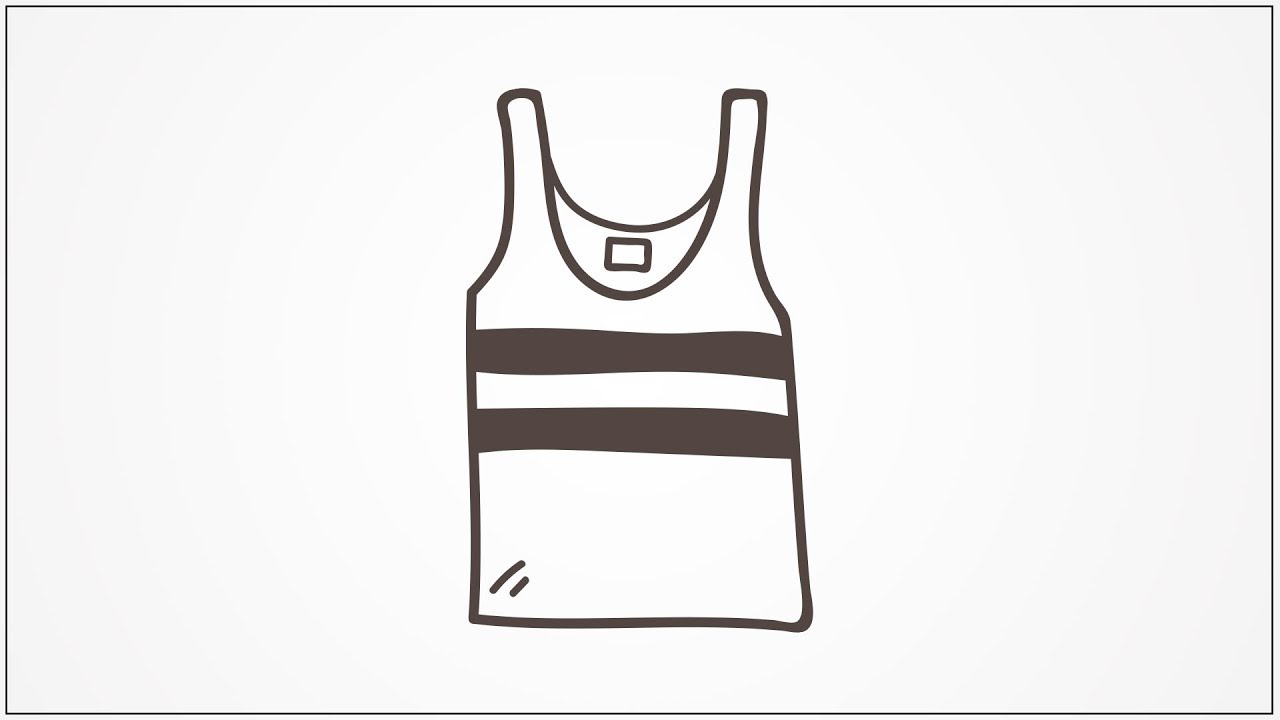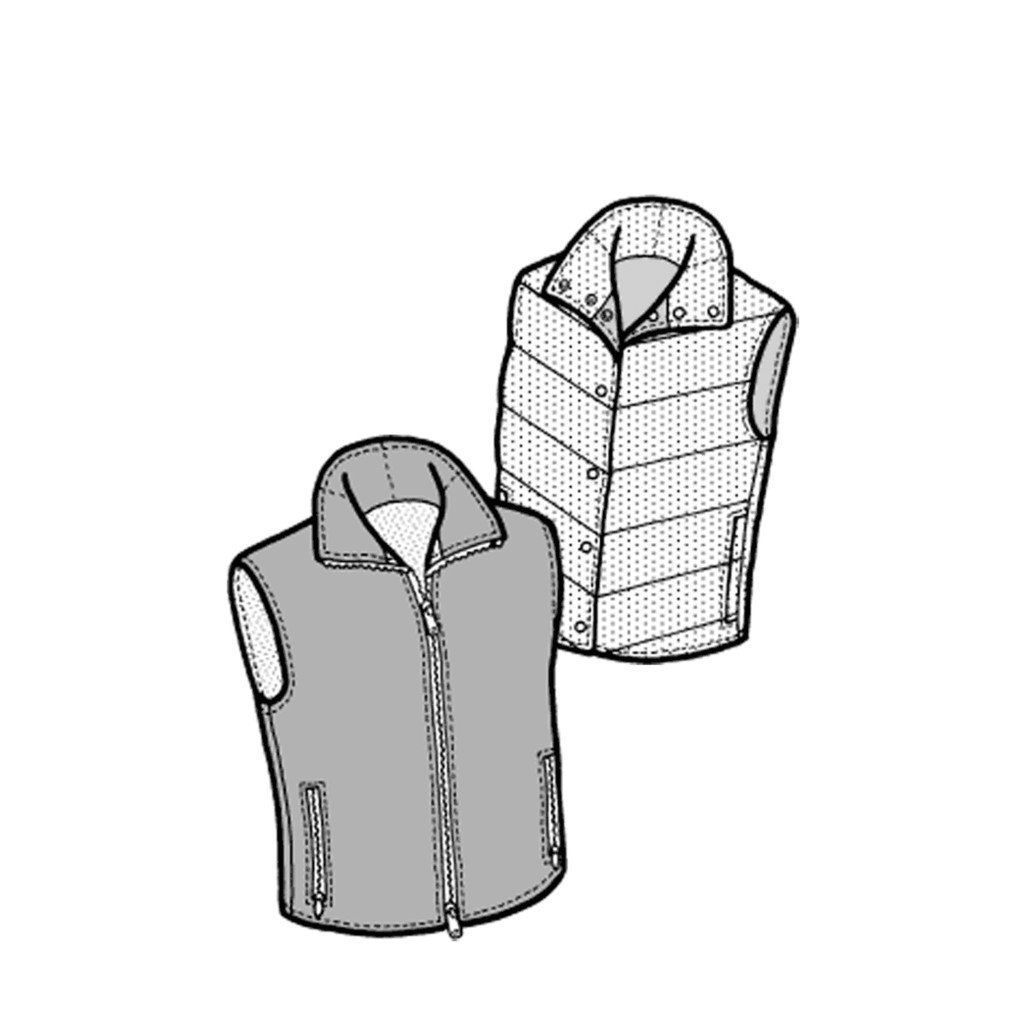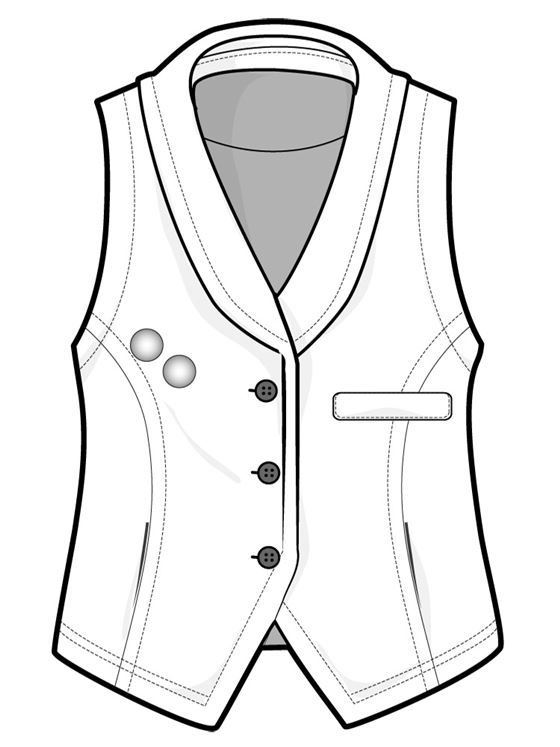Coloring vest bw free image on pixabay
Table of Contents
Table of Contents
If you’ve ever wanted to learn how to draw a vest, you’ve come to the right place. Vests can be tricky to draw, especially when it comes to details like shading and pockets, but with a little practice and patience, anyone can learn how to draw a sharp-looking vest. In this blog post, we will walk you through the steps of how to draw a vest in a way that is accessible to beginners and experts alike. So, grab a pencil and let’s get started!
Common Challenges When Drawing a Vest
Drawing a vest can be difficult for a number of reasons. One challenge is getting the proportions right, as the shape of a vest can vary depending on the style and fit. Another challenge is shading the vest to make it look realistic, especially when there are pockets, buttons or zippers involved. Additionally, it can be difficult to decide on which details to include and which to leave out, as vests can come in a variety of styles and designs.
How to Draw a Vest
To draw a vest, start by drawing a basic outline of the vest shape, taking into consideration the style and fit. Once you have the basic outline, add in any pockets, buttons, or zippers that your vest may have. Next, add shading to your vest to give it some depth and texture. Finally, add any finishing touches or details that will make your vest unique.
 #### Main Points to Remember
#### Main Points to Remember
When drawing a vest, remember to pay attention to the proportions, shading, and details. Practice drawing different styles of vests, such as puffy vests and suit vests, to get a sense of how to draw different shapes and details. Don’t be afraid to experiment with different shading techniques or to add your own creative touches to make your vest stand out.
Choosing the Right Materials
When it comes to drawing a vest, it’s important to have the right materials on hand. A good set of pencils and erasers will help you create clean, precise lines and make it easy to adjust mistakes. Additionally, having different shades of pencils will allow you to shade your vest realistically and make it look three-dimensional. Finally, having a sharpener on hand will ensure that your pencils are always sharp and ready to use when you need them.
 ### Shading Techniques
### Shading Techniques
One technique for shading a vest is to use cross hatching, where you draw small lines in different directions to create a pattern. Another technique is to use blending, where you use your finger or a blending tool to smudge the pencil lines together to create a smooth transition. Finally, you can use hatching, where you draw lines in the same direction to create a smooth and consistent shading effect.
 Troubleshooting Your Vest Drawing
Troubleshooting Your Vest Drawing
If you’re having trouble drawing your vest, don’t be discouraged. Some common mistakes include getting the proportions wrong or shading too heavily, which can make the vest look flat or unbalanced. To fix these mistakes, try adjusting the proportions or using a blending tool to smooth out the shading. Additionally, don’t be afraid to practice and experiment with different styles and techniques until you find what works best for you.
Question and Answer
Q: How do I choose the right reference photo?
A: When choosing a reference photo, look for a photo that shows the vest in clear detail and in a pose that will make it easy for you to draw. Additionally, consider the style and fit of the vest, as well as any unique details or features that you want to include in your drawing.
Q: How do I draw the pockets on a vest?
A: To draw pockets on a vest, first draw the outline of the pocket shape. Next, draw any details such as flaps or zippers. Finally, use shading to create the illusion of depth and texture in the pocket.
Q: What if I make a mistake while drawing my vest?
A: Mistakes are a normal part of the drawing process. Use a good eraser to carefully erase any mistakes and start again. Alternatively, you can try incorporating the mistake into your drawing or using it as a chance to experiment with new techniques or styles.
Q: What is the best way to practice drawing vests?
A: The best way to practice drawing vests is to start with basic shapes and work your way up to more complex designs. Try drawing different styles of vests, including puffy vests, suit vests, and denim vests. Additionally, practice incorporating different techniques such as cross hatching and blending to create depth and texture in your drawings.
Conclusion of How to Draw a Vest
Drawing a vest can be a fun and rewarding challenge. By following these steps and practicing your skills, you will be able to create sharp-looking vest drawings in no time. Remember to pay attention to the proportions, shading, and details, and don’t be afraid to experiment with different styles and techniques.
Gallery
Vest Drawing | Free Download On ClipArtMag

Photo Credit by: bing.com / clipartmag
Vest Drawing | Free Download On ClipArtMag

Photo Credit by: bing.com / chaleco garment clipartmag figur
Vest Drawing At PaintingValley.com | Explore Collection Of Vest Drawing

Photo Credit by: bing.com / vest drawing draw kids drawings step paintingvalley
MERCYSPRINTCO. — Basic Mens Vest

Photo Credit by: bing.com / bigcartel
Coloring Vest Bw · Free Image On Pixabay

Photo Credit by: bing.com / coloring vest drawing bw pixabay monochrome





